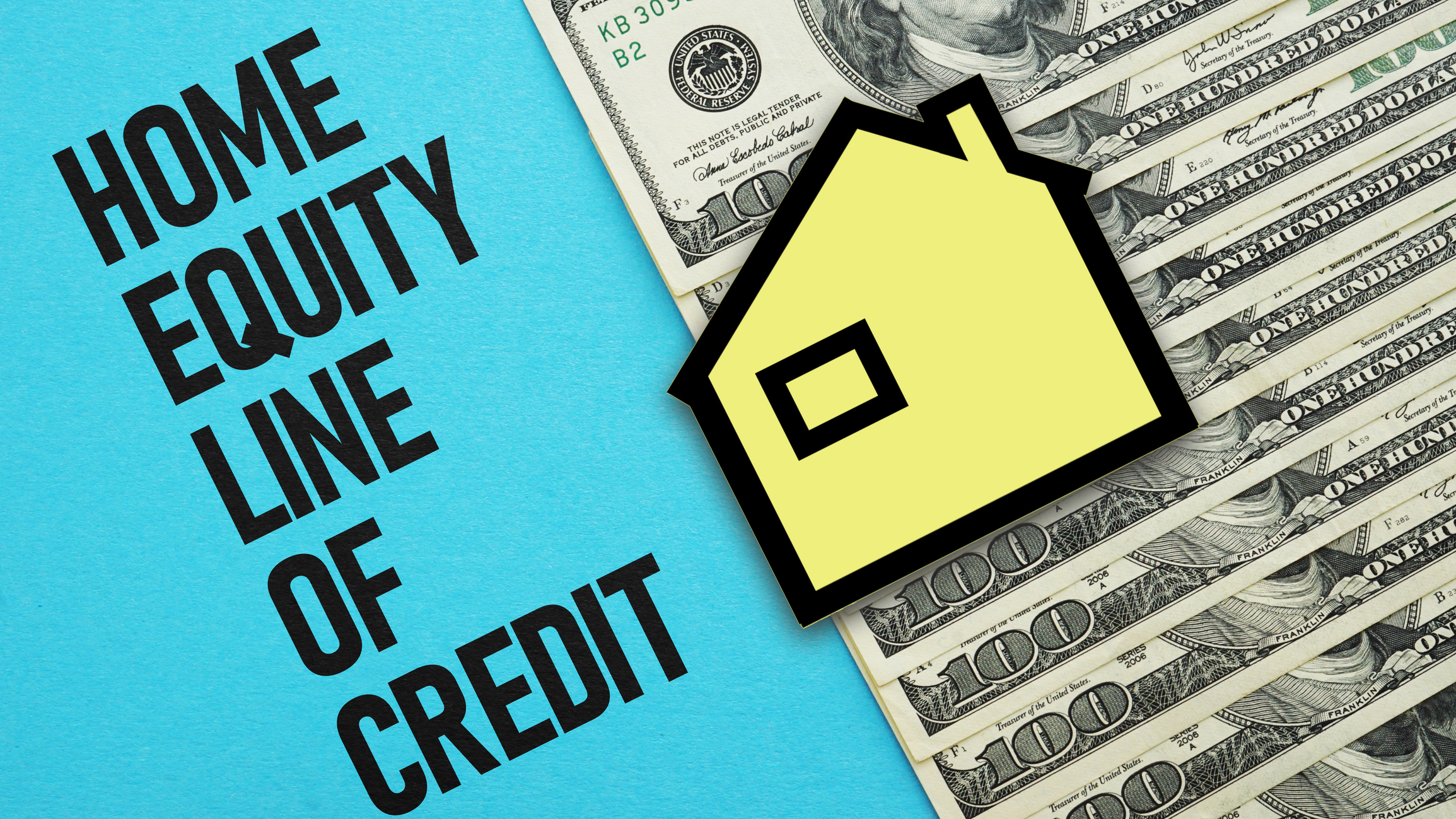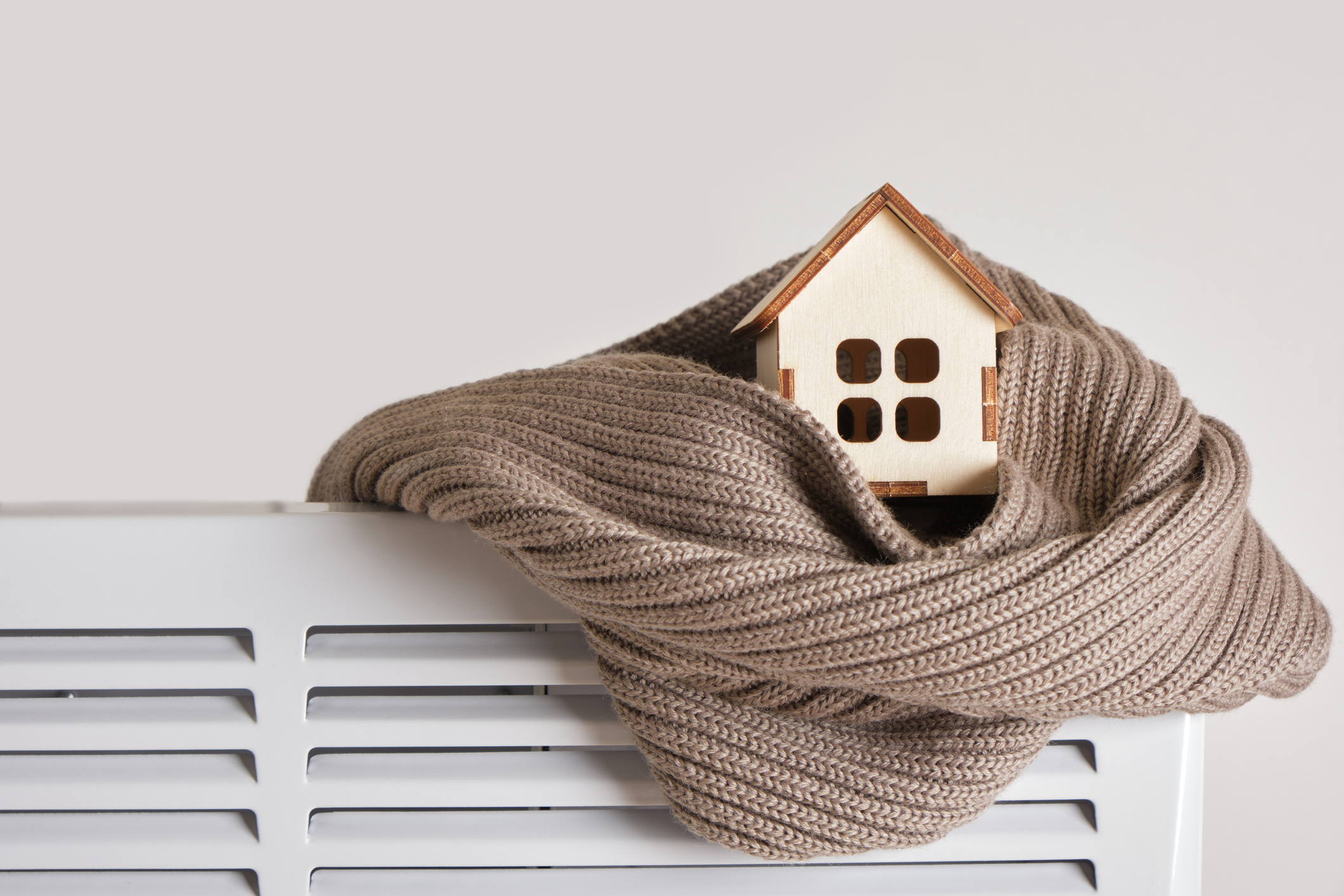What to Know About Portable Mortgages
A closer look at how portable mortgages would work, who might benefit and why the concept is gaining attention amid high rates and limited supply.

As policymakers seek ways to unfreeze the housing market, one idea under review is the portable mortgage, which would let homeowners transfer their existing mortgage interest rate to a new property. Federal Housing Finance Agency Director Bill Pulte confirmed on X that the agency is "actively evaluating portable mortgages."
More than half of U.S. mortgage holders have rates at 4% or lower, and about 80% are below 6%, according to Realtor.com. These historically low rates have created a "lock-in effect," where millions of homeowners are staying put because moving would mean giving up a once-in-a-lifetime mortgage interest rate.
Supporters argue that portability could loosen up inventory by making it more affordable for current homeowners to move. Critics say that it may introduce significant complications and offer little benefit to renters or first-time buyers struggling with today’s prices. Here’s what to know.
From just $107.88 $24.99 for Kiplinger Personal Finance
Become a smarter, better informed investor. Subscribe from just $107.88 $24.99, plus get up to 4 Special Issues

Sign up for Kiplinger’s Free Newsletters
Profit and prosper with the best of expert advice on investing, taxes, retirement, personal finance and more - straight to your e-mail.
Profit and prosper with the best of expert advice - straight to your e-mail.
How portable mortgages work
A portable mortgage lets a homeowner carry their existing mortgage, including the interest rate and remaining balance, from their current home to their next one. It functions as the reverse of an assumable mortgage. Instead of a buyer taking over the seller’s loan, the seller takes their loan to the new property.
What happens depends on the next home you buy:
- Buying a cheaper home: Your sale proceeds reduce the mortgage balance, so the existing loan fits the new property’s value.
- Buying a more expensive home: You cover the difference with cash or a new loan at the current market rate.
Although portable mortgages do not exist in the U.S., they are common in Canada and the United Kingdom. In those markets, fixed-rate periods tend to be short, typically two to five years, which makes frequent renegotiation a built-in part of the system.

Why the idea is gaining attention
Portable mortgages could alleviate the payment shock for existing owners who want to downsize or relocate for work, family or health reasons. The idea could free up some inventory by providing rate-locked owners a way to move without taking on a significantly higher monthly payment.
However, with the median U.S. home price around $410,800 and the average 30-year mortgage interest rate at 6.24%, based on data from the Federal Reserve Bank of St. Louis and Freddie Mac, affording a home remains out of reach for many.
According to Chen Zhao, head of Redfin’s economic research, “America’s housing market is defined right now by caution. Buyers are walking away from deals more often, sometimes due to affordability issues and sometimes because they’re re-evaluating whether now is the right moment to commit. Others aren’t even shopping, waiting instead for prices or mortgage rates to come down. On the other side, many sellers are staying put — either because they’re locked into low rates or unwilling to accept offers below expectations. When both sides hesitate, sales naturally fall to historic lows.”
Zhao’s comment highlights why policymakers are looking for ways to thaw the market. Even if portability helps some current homeowners relocate, the larger environment remains challenging for both buyers and sellers.
Who benefits and who is left out
The homeowners who would gain the most are those holding mortgages from the low-rate years. Homeowners with 3% to 4% mortgage interest rates are the group most likely to use portability to make a move.
Renters and first-time buyers, however, would still face today’s high rates and high prices. Younger buyers in particular would continue to face large down payments and tight supply, which portability does not address. Critics also warn that giving some buyers more purchasing power could push prices higher for everyone.
Why the U.S. system makes portability difficult
The U.S. mortgage system relies on long-term fixed-rate loans that are bundled into mortgage-backed securities, which depend on predictable refinancing patterns. If homeowners could carry a 30-year loan from house to house, refinancing would become less common, and loan volume would likely fall.
Such a shift could disrupt how mortgage-backed securities are structured and priced. That change could reduce investor demand and ultimately lead to higher borrowing costs. Countries where portability works have shorter fixed-rate periods, which makes it easier for lenders and investors to adjust when a loan moves to a new property.
Would portable mortgages improve affordability?
Portability might make a move possible for some owners, and any increase in listings from sellers could provide some additional housing supply. Even if the system could accommodate portability, the core issue remains the same. Home prices are high, and supply is very limited.
The portable mortgage concept would not create new housing, lower current interest rates or reduce down payment barriers for potential buyers. It may help a small group of existing homeowners keep their payments manageable by allowing them to avoid today’s higher rates when they move. Still, it does not change the broader affordability picture for renters, first-time buyers or anyone trying to enter the market now.
What to expect going forward
The idea is still in the evaluation stage. Key questions remain regarding how lenders, regulators and investors would manage loan transfers, how pricing gaps between old and new mortgages would be financed and how the mortgage-backed securities system would adjust. How those details are resolved will determine whether portability can be introduced without disrupting the broader market.
For now, portable mortgages remain one concept under review. They may offer another option for certain homeowners with very low rates, but their overall impact will depend on how the final structure is designed and how borrowers choose to use them.
Curious about today's mortgage interest rates? Explore and compare some of today's top offers with the tool below, powered by Bankrate:
Related Content
Profit and prosper with the best of Kiplinger's advice on investing, taxes, retirement, personal finance and much more. Delivered daily. Enter your email in the box and click Sign Me Up.

Carla Ayers joined Kiplinger in 2024 as the eCommerce and Personal Finance Editor. Her professional background spans both commercial and residential real estate, enriching her writing with firsthand industry insights.
Carla has worked as a personal finance and real estate writer for Rocket Mortgage, Inman and other industry publications.
She is passionate about making complex real estate and financial topics accessible to all readers. Dedicated to transparency and clarity, her ultimate goal is to help her audience make informed and confident decisions in their financial pursuits.
-
 What Science Reveals About Money and a Happy Retirement
What Science Reveals About Money and a Happy RetirementWhether you’re still planning or already retired, these research-based insights point the way to your best post-work life.
-
 7 Retirement Planning Trends: What They Mean for You in 2026
7 Retirement Planning Trends: What They Mean for You in 2026From government shutdowns to market swings, the past 12 months have been nothing if not eventful. The key trends can help you improve your own financial plan.
-
 What Defines Wealth? A Christmas Tale of Legacy vs Possession
What Defines Wealth? A Christmas Tale of Legacy vs PossessionThe tale of Good King Wenceslas shows that true wealth is built through generosity, relationships and the courage to act kindly no matter what.
-
 How Much Income You Really Need to Afford a $500,000 Home
How Much Income You Really Need to Afford a $500,000 HomeAs home prices increase, the income needed for a house is also climbing. We break down what you need to earn to afford a $500,000 home.
-
 How Much Would a $50,000 HELOC Cost Per Month?
How Much Would a $50,000 HELOC Cost Per Month?Thinking about tapping your home’s equity? Here’s what a $50,000 HELOC might cost you each month based on current rates.
-
 Should You Tap Your Home Equity Before 2026?
Should You Tap Your Home Equity Before 2026?As borrowing rates and tax law shifts converge, here's what homeowners need to know before pulling equity out of their home.
-
 11 Cities With the Cheapest Groceries in the US
11 Cities With the Cheapest Groceries in the USIf you live in one of these 11 cities, you're paying less than the rest of the country to keep your fridge stocked.
-
 My $1.2 Million Vacation Home Has a $360K Mortgage. I Don't Need My Upcoming $45K RMD. Should I Use It to Pay Down the Mortgage?
My $1.2 Million Vacation Home Has a $360K Mortgage. I Don't Need My Upcoming $45K RMD. Should I Use It to Pay Down the Mortgage?We asked wealth planners for advice.
-
 5 Simple Fixes to Save on Heat Bills This Winter
5 Simple Fixes to Save on Heat Bills This WinterWith fuel prices expected to rise 10% or more this winter, making your home more energy efficient will really pay off.
-
 5 Charming Small Towns Where America's Wealthy Retire
5 Charming Small Towns Where America's Wealthy RetireDiscover 5 small communities in the U.S. for affluent retirees — where charm outweighs the cost.
-
 I'm a Real Estate Investing Pro: This High-Performance Investment Vehicle Can Move Your Wealth Up a Gear
I'm a Real Estate Investing Pro: This High-Performance Investment Vehicle Can Move Your Wealth Up a GearLeave online real estate investing to the beginners. Accredited investors who want real growth need the wealth-building potential of Delaware statutory trusts.